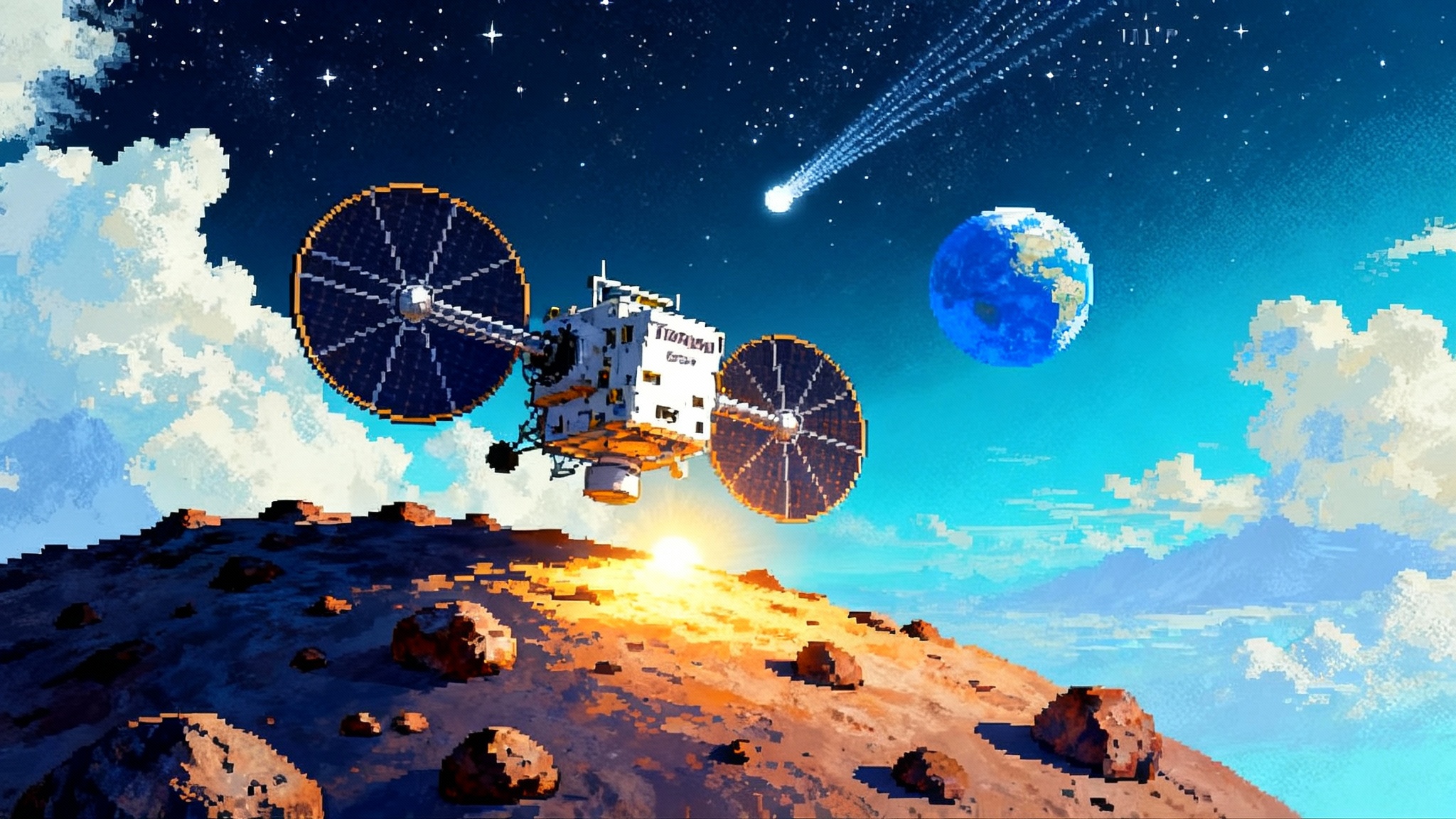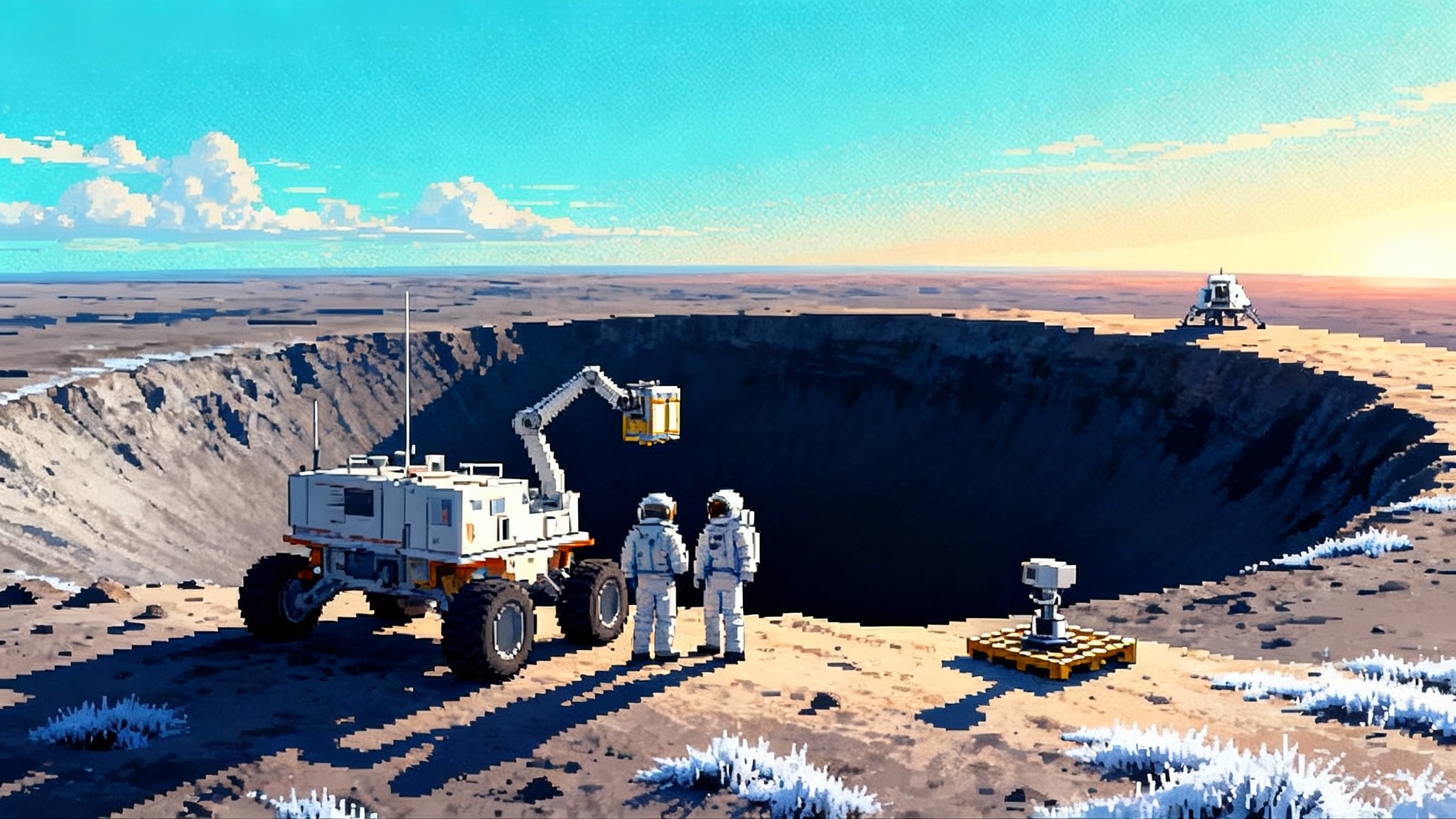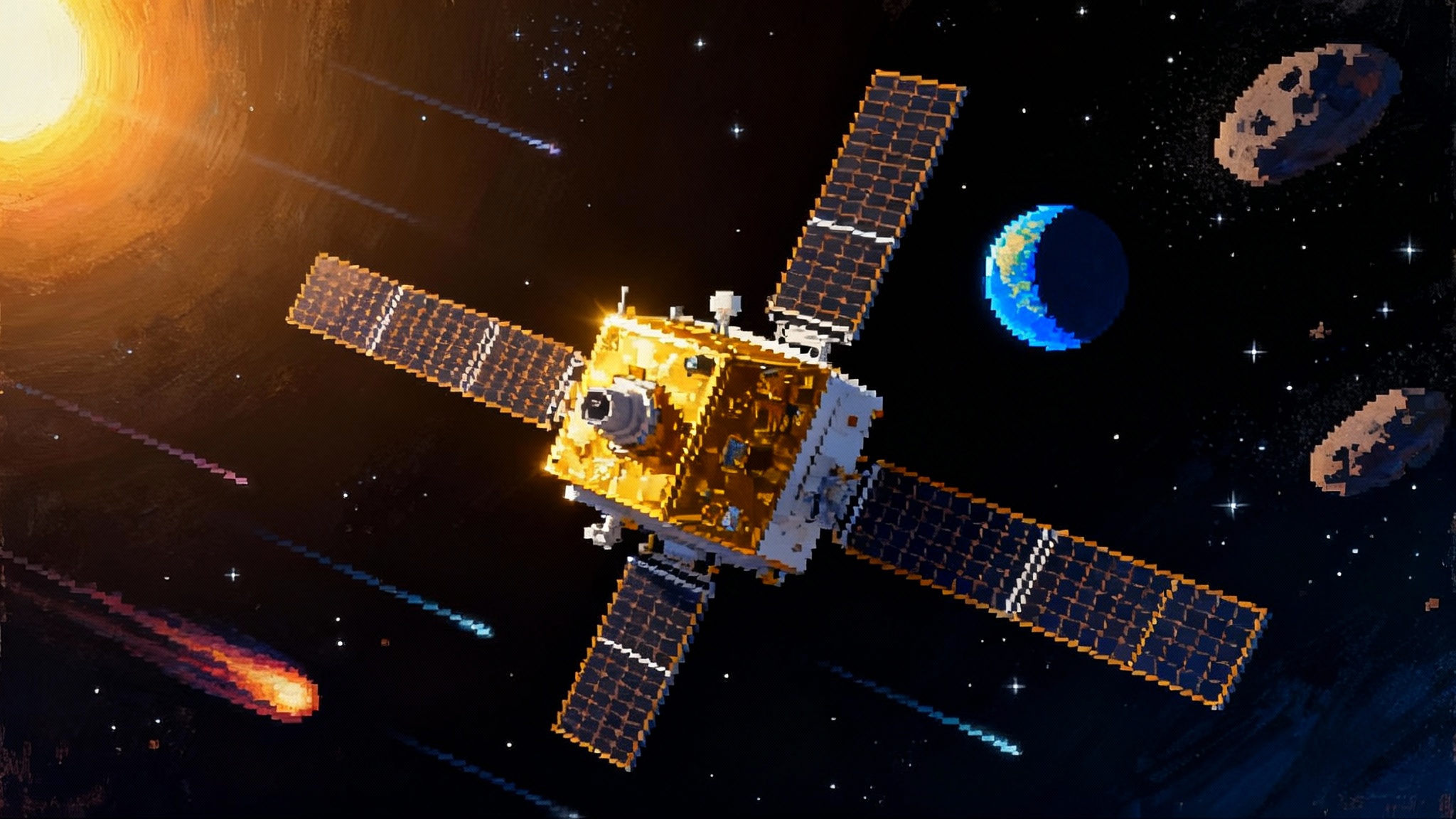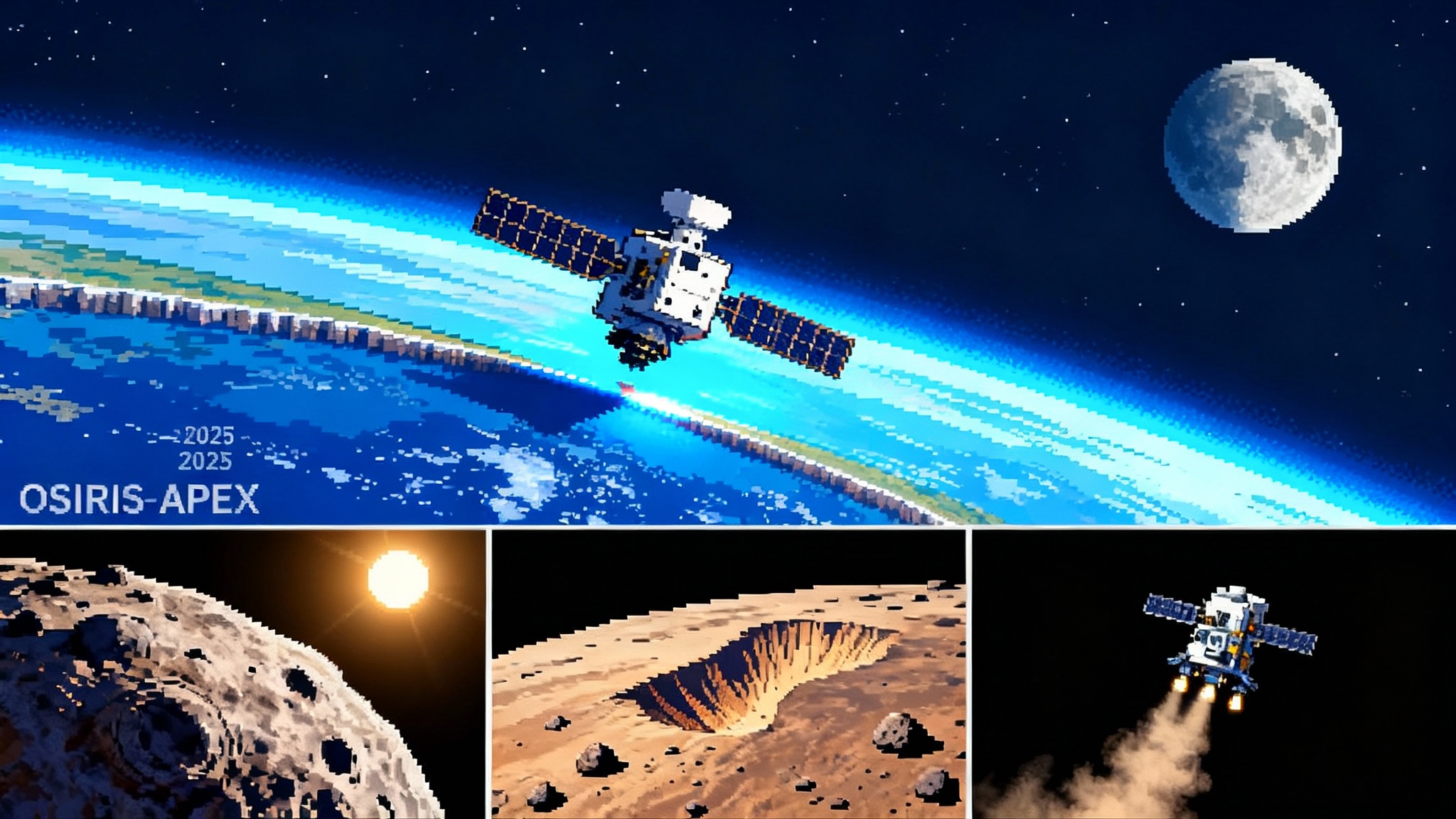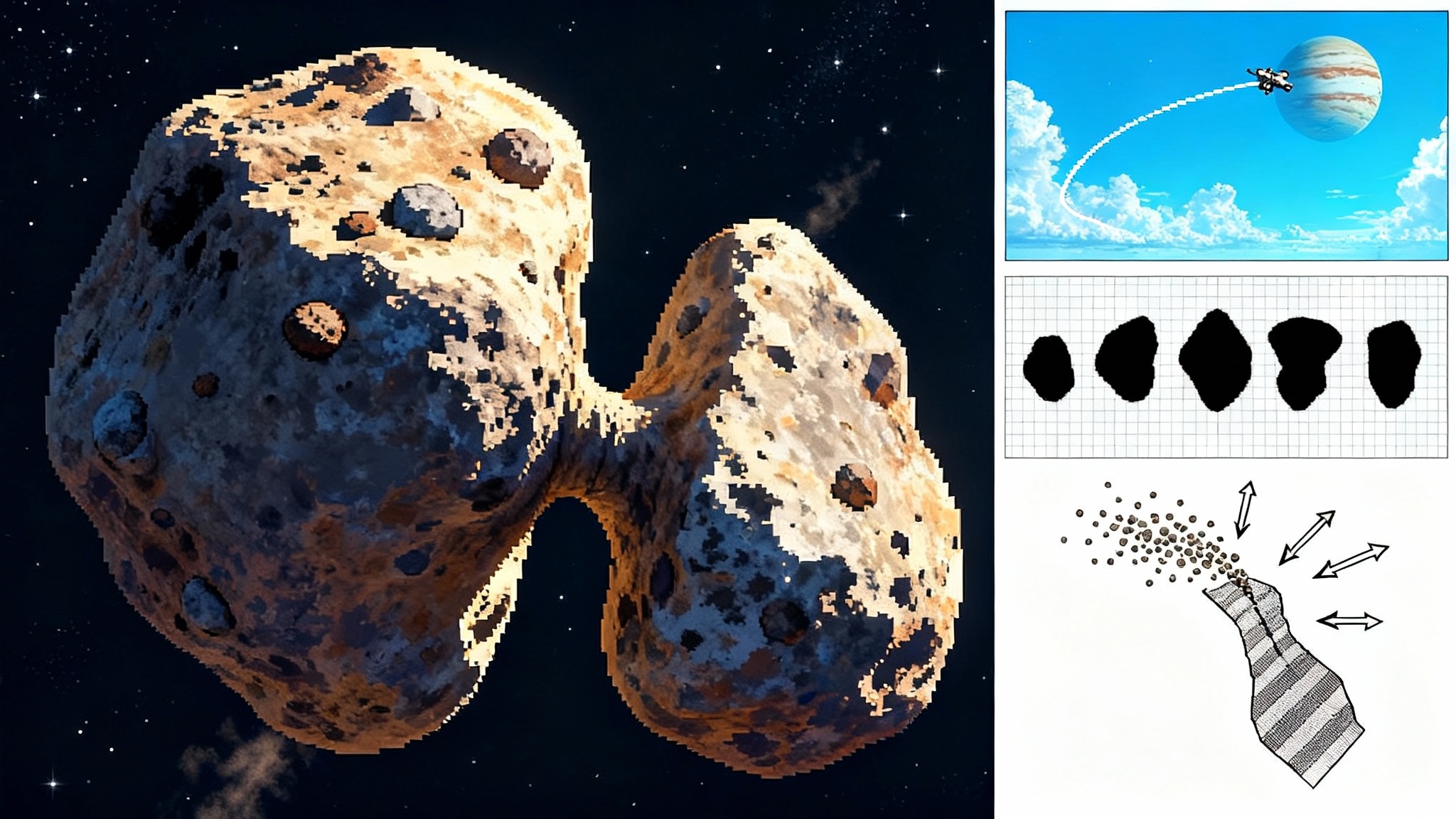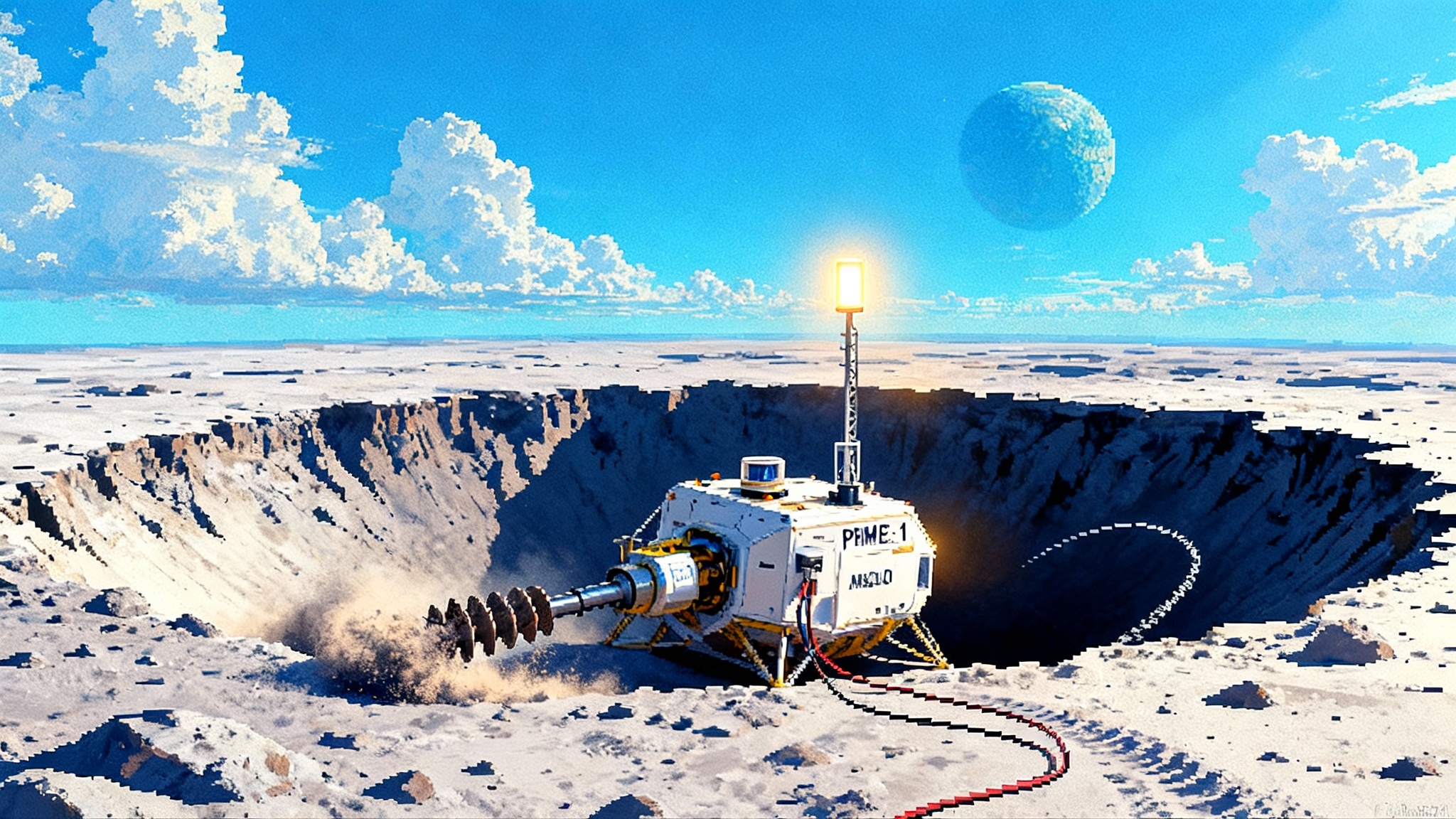Chang'e-6 samples redraw the Moon's hidden heat map
Fresh analyses of Chang'e-6 farside samples point to a mantle roughly 100 degrees Celsius cooler than the nearside and basalts that crystallized near 1,100 degrees Celsius. With South Pole–Aitken dated to 4.25 billion years, lunar base planning now shifts to thinner lids, smarter drills, and focused relays.
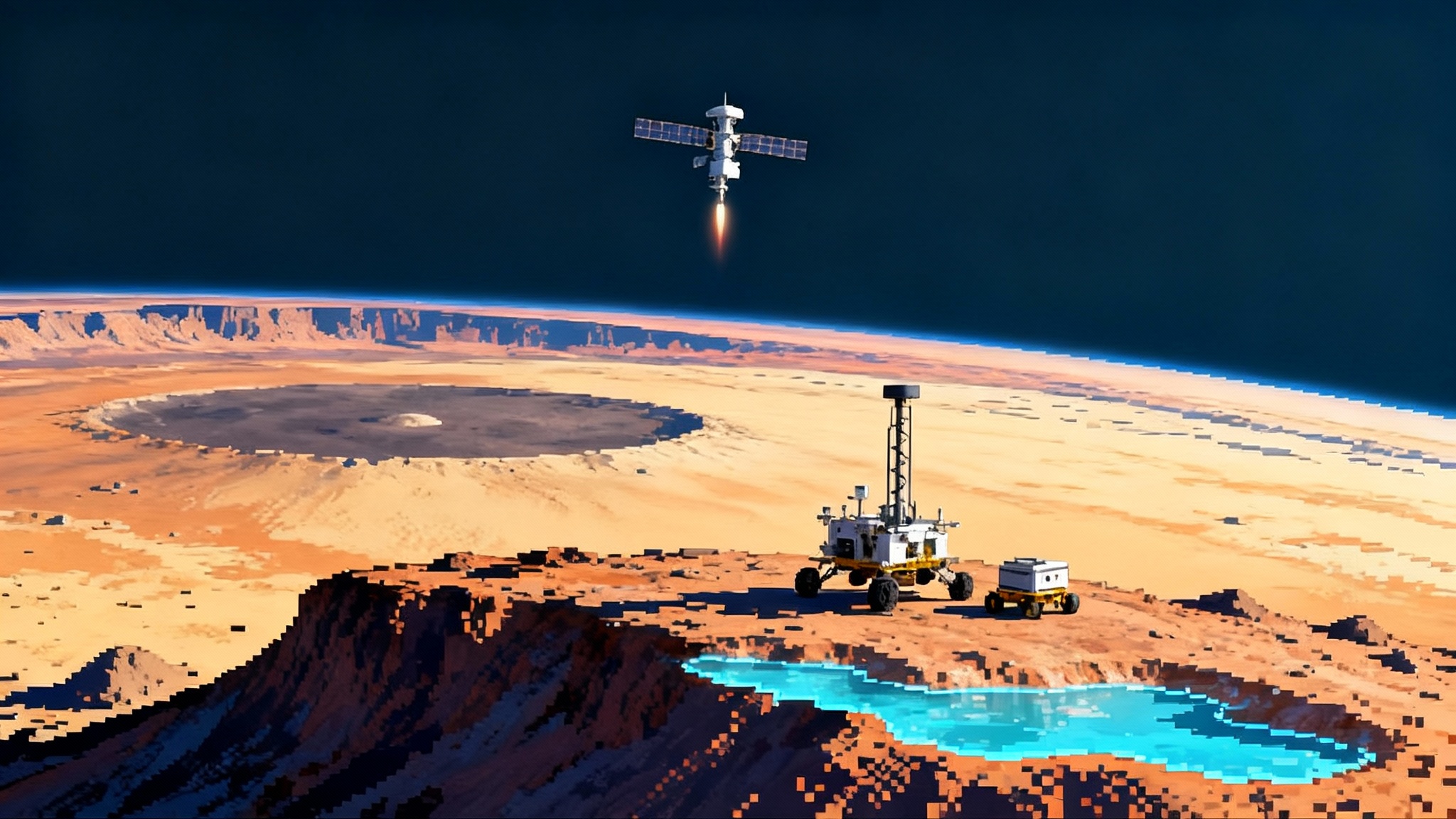
The Moon’s hemispheres run at different simmer levels
For decades, planetary scientists suspected the Moon was lopsided on the inside. Now we have rock‑in‑hand evidence. Analyses published on October 3, 2025 indicate the lunar farside mantle runs roughly 100 degrees Celsius cooler than the nearside, and that a Chang'e‑6 basalt fragment crystallized near 1,100 degrees Celsius about 2.8 billion years ago. That temperature gap, together with a depletion of heat‑producing elements, confirms a genuine thermal asymmetry between hemispheres. The work was reported in a peer‑reviewed study summarized in a Reuters summary of the study.
Chang'e‑6 landed in June 2024 inside the South Pole–Aitken basin on the farside, returning the first samples from that hemisphere. Within those soils were tiny basaltic fragments, time capsules from a lava eruption that was surprisingly young by lunar standards and relatively cool at birth. The chemical fingerprint points to a mantle with fewer heat‑producing parents, the kind that keep a body’s interior warm for longer.
What the rocks are saying
The numbers matter because they are a direct thermometer and calendar for the Moon’s interior. A basalt that crystallized at about 1,100 degrees Celsius is consistent with a mantle already running low on radiogenic heat by 2.8 billion years ago. The key elements are uranium, thorium, and potassium. They decay and release heat like a slow electric blanket inside a rocky body. A shortage on the farside means faster cooling. The nearside, by contrast, stayed warmer for longer, helping explain why the dark plains called the maria blanket much of the hemisphere that faces Earth.
Lunar geologists use the shorthand KREEP for potassium, rare earth elements, and phosphorus. It tracks the broader family of incompatible elements that prefer melts over crystals during early differentiation. The Procellarum KREEP Terrane on the nearside is enriched; the farside is depleted. Chang'e‑6 delivered the first farside samples that let laboratories test that contrast directly instead of inferring it remotely.
It is easy to picture the thermal asymmetry with a kitchen image. Imagine a cast‑iron skillet heated in two spots. One side stays hot because it has an embedded heat pad. The other cools more quickly once the stove is turned down. The farside is the cooling side. The nearside is the side that kept its heat pad, thanks to a higher concentration of heat‑producing elements. That single metaphor helps make sense of observations: thicker crust on the farside, more volcanism on the nearside, a near‑global chemical dichotomy, and now, an actual temperature difference measured through crystallization conditions.
The SPA impact as a clock, not just a scar
Another crucial piece arrived in March 2025. By isolating and dating impact‑melt clasts delivered by Chang'e‑6, researchers pinned the South Pole–Aitken basin‑forming event to about 4.25 billion years ago. With sample‑based evidence, SPA becomes a reference tick mark on the Moon’s early timeline. The Chinese Academy of Sciences summarized this result in a CAS summary of SPA age, noting that the age can anchor the upper end of lunar crater counts and refine bombardment chronology.
A firm age for SPA puts context around the interior cooling story. If the largest basin on the Moon formed that early, it may have thinned the crust and stirred the mantle below one hemisphere, setting the table for where volcanism could persist. That helps explain why young basalts erupted within the basin as late as 2.8 billion years ago even as the mantle cooled faster. A thinner lid plus modest heat can keep a localized pot simmering.
The mechanism under the Moon’s skin
The farside‑nearside split reads more clearly now:
- Heat budget: Less uranium, thorium, and potassium in the farside mantle reduces internal heating. Fewer decay events mean less sustained warmth.
- Lid thickness: The farside typically has thicker crust, which suppresses partial melting. SPA is a local exception where the impact thinned the lid, allowing melts to form in pockets even as the mantle cooled.
- Melt pathways: The nearside’s enriched terrane and thinner regions allowed more melt to reach the surface over a longer span, covering the hemisphere in dark plains. The farside’s thicker crust and depleted mantle limited where and when volcanism could happen.
A mantle 100 degrees Celsius cooler is not a trivial downgrade. In the physics of partial melting, that can be the difference between a few percent melt and nearly none at the same depth and pressure. Less melt changes everything from erupted lava chemistry to crustal permeability to the gases that may have escaped during eruptions.
From prove‑it to optimize‑it: what changes now
Lunar exploration planners can treat the farside as a colder engine with local hot spots where the lid is thinner. That should change how agencies and companies allocate risk and resources over the next few years.
1) Site selection for Artemis and ILRS
NASA and the International Lunar Research Station partnership should prioritize sites that combine two traits: thin‑crust windows and resource potential. At the south pole, that means pairing permanently shadowed regions for ice with nearby outcrops of SPA melt or noritic breccias that let us sample depth without kilometer‑scale drilling. For a mission‑ops perspective on south‑polar mobility, see our internal piece on the rover that unlocks Artemis operations.
- Action: Prioritize traverses that cross from polar highlands into SPA melt exposures. On the American side, that could be integrated into Artemis surface operations staged by commercial landers and cargo delivery by SpaceX Starship, informed by the Starship pivot to operations. On the ILRS side, fold farside traverses into early sorties that leverage Chang'e heritage.
- Why: Every meter of drilling on the Moon is expensive in mass and power. If geology pre‑exposes deep material, we can trade drill depth for traverse planning.
- How: Update high‑resolution maps that combine gravity, crustal thickness, and mapped melt sheets with constraints like slopes, line‑of‑sight communications via relay satellites, and lighting cycles for solar arrays.
2) A seismology network designed for asymmetry
Seismology is the only practical way to build a 3D map of the interior. A cooler farside mantle should produce a different seismic velocity profile and attenuate waves differently.
- Action: Design a new seismic array that spans the hemispherical divide, placing nodes on both nearside and farside, with at least one line across SPA.
- Why: Crossing the thermal and compositional boundary lets inversion models lock onto contrasts in wave speeds and attenuation.
- How: Use communications relays at Earth‑Moon L2 for farside links, and standardize instruments across providers. A practical approach would blend government payloads with commercial packages.
3) Power and thermal design tuned to local geology
A cooler mantle changes the geothermal gradient at depth and expected heat flow at drill sites.
- Action: For boreholes deeper than about 100 meters, carry margins for lower‑than‑expected conductive heat to the tool string at farside sites.
- Why: If you count on internal heat to keep fluids or mechanisms above a threshold under regolith, a cooler gradient removes a free assist.
- How: Test heater set points and thermal mass in regolith simulants calibrated to lower heat flow, and size radiators for more active heating during lunar night.
4) Drilling priorities that chase impact melt, not blind depth
- Action: Drill first where SPA impact‑melt is shallow or exposed. Pair shallow cores with ground‑penetrating radar to map melt thickness and fractures that could move volatiles.
- Why: Impact melt preserves the basin’s formation record and puts deep material within reach.
- How: Equip rovers with modular 2–5 meter drill strings and swappable heads for coring or percussion. Coordinate with orbital SAR and laser altimetry to pick drill points.
5) Prospecting and in situ resource utilization with the right targets
- Oxygen: Focus on ilmenite‑rich basalts and anorthosite for molten regolith electrolysis. Lower incompatible‑element abundance is a nonissue for oxygen yield.
- Metals: Iron and titanium extraction from ilmenite and pyroxene remains viable. Expect fewer trace heat‑producing contaminants in farside feedstocks.
- Radiogenic elements: If thorium or uranium are desired, the nearside’s Procellarum terrain is a better bet. The farside reads as lean; do not waste cycles hunting what the rocks say is rare.
- Volatiles: Polar cold traps on the farside remain prime targets for water ice. For a recent operational case study on prospecting risk, revisit IM-2's tipped landing.
6) Communications and operations for a farside economy
A farside build‑out needs a robust communications backbone.
- Action: Stand up at least two relay satellites in halo orbits around Earth‑Moon L2 to enable continuous farside coverage, with optical crosslinks to nearside assets.
- Why: Redundant relays turn the farside from a special expedition into routine operations.
- How: Encourage commercial relay services with clear procurement targets. Agencies can guarantee a baseline data rate while companies upsell premium bandwidth.
What the new temperatures mean for science
A cooler mantle shifts expectations for lunar petrology. Later‑stage melts on the farside were more influenced by pressure drops along faults or by heat focused under thinner crust rather than by large radiogenic reservoirs. That helps explain the chemistry of the 2.8 billion year basalts. They are low in heat producers and still reached the surface because the lid was locally thin.
In practical terms, labs should adjust experimental petrology runs. Recreate farside magmas with starting temperatures and oxygen fugacities that reflect a lower thermal budget and low incompatibles content. That will yield phase diagrams and crystallization sequences that better predict what future cores will pull up and guide which minerals to target for dating in small clasts.
A roadmap for the next 36 months
- Year 1: Update geological maps for south‑polar traverses that intersect SPA melt exposures. Design the next generation of compact seismometers with identical frequency responses to fly on multiple landers. Benchmark thermal models for 100–500 meter drill designs under lower heat‑flow assumptions.
- Year 2: Fly a three‑node seismology pilot that straddles the farside‑nearside divide using a limb lander and a farside relay. Launch the first L2 relay if it is not already in place. Begin field tests of oxygen extraction from basalts and anorthosite using farside‑like feedstocks.
- Year 3: Commit to one farside south‑polar site for a semi‑permanent station under ILRS or a multinational consortium. Deploy a six‑node seismic array, two 5‑meter boreholes targeting melt sheet edges, and a small sample cache for noritic clasts. Focus resource lines on ilmenite‑bearing basalts and clean anorthosite; avoid farside thorium hunts.
What success looks like
By the time the next human crews reach the south pole, this science should translate into shorter traverses, fewer false starts for resource extraction, and cleaner datasets that map the Moon’s interior with fewer assumptions. The farside will still be hard. Communications will still require relays. Nights will still be long. But hardware will be pointed at the right rocks for the right reasons.
The bigger picture
The Moon is a laboratory for planets, including Earth. A hemispheric thermal split on a small rocky body shows how uneven early heating and crust formation can ripple forward in time. It hints that other worlds might have similar internal divides, shaped by where incompatible elements pooled or where giant impacts thinned their lids. When we map exoplanets one day, we may use these same ideas to predict where volcanism concentrates and where crust stays thick.
Conclusion
Chang'e‑6 did more than grab the first farside sample. It handed planners a clearer thermal map of the Moon and a timestamp for its biggest basin. Together they replace wishful thinking with a working model. Point drills at melt sheets before you chase depth. Put seismometers across the hemispheric boundary. Size heaters and radiators for a cooler interior where it matters. Treat thorium and uranium as a nearside specialty and hunt oxygen where mineralogy makes it easiest. That is how you turn a thermal asymmetry into a strategy, and how a set of tiny fragments rewrites the playbook for building on the Moon.
